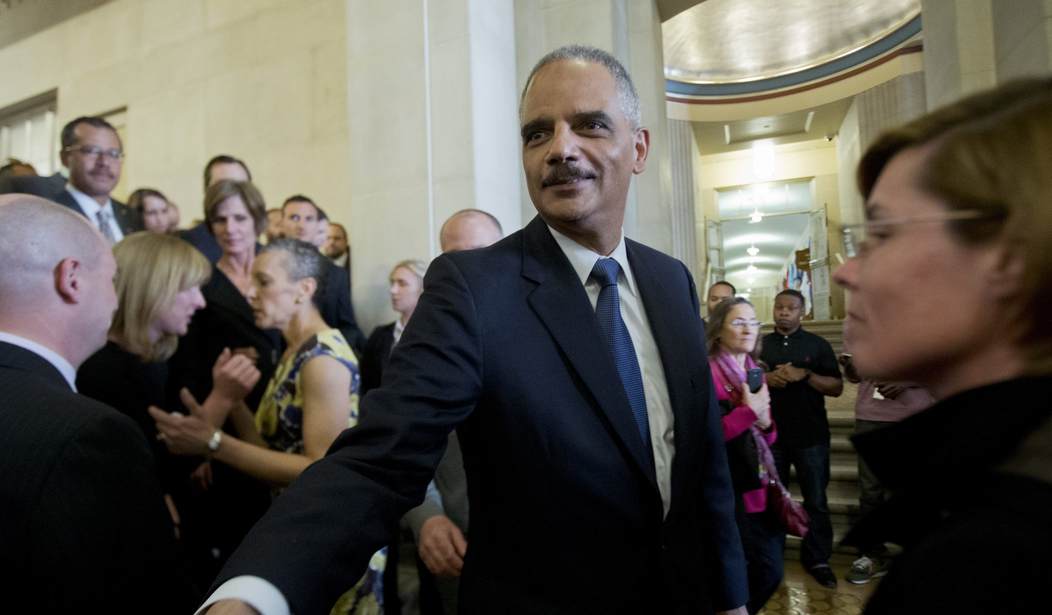December meetings of the National Black Caucus of State Legislators and the State Innovation Exchange (SIX) attracted hundreds of progressives focused on recovery following the November elections.
Once wounded feelings were healed, they concentrated on creating a blueprint for survival with Donald Trump in the White House and Republicans controlling most state governments in America.
“We can’t keep making the same mistakes and expect different results,” said Nick Rathod, the executive director of the State Innovation Exchange.
Charles D. Ellison, a political strategist and contributing editor of The Root, has hope.
“We’ve got nearly 10,000 black elected officials throughout the nation on the state, local and county levels, including boards of education, judges, and sheriffs,” Ellison wrote. “Accumulating and expanding political power locally and regionally where black communities are heavily concentrated could be an effective form of unified political protection – if done right.”
Rathod chided hundreds of liberals at his group’s gathering for ignoring the fact that all politics is not Washington.
“Looking at conservatives’ overwhelming control of state legislatures across the nation; this is not something that happened overnight. It’s the result of decades of steady investment by the right,” Rathod said.
“There is hope for progressives – and the critical issues on which we work – even in this darkest hour,” Rathod added. “But it is not in Washington. It’s where it always has been: in states and municipalities across the nation.”
Both the NBCSL and SIX have decided that one of the best avenues to sustainable power in the 50 state capitals will be the decidedly unromantic practice of redistricting.
Redistricting determines political power. Once per decade, usually after a Census, district lines are drawn for Congress, state and even some county and municipal offices.
The idea is to divide the population equally. But sometimes the way the lines are drawn can protect incumbents. Other times it can guarantee a potent challenge either from an incumbent’s own party or the opposite party.
“We have to be in the game of understanding redistricting,” incoming National Black Caucus of State Legislators chairman Indiana state Rep. Greg Porter (D) told The Root. “Those who have the influence, who have the power, draw the maps to benefit them.”
Reading from almost the same page as the NBCSL convention, even though he was at a different meeting of Democrats, was former Attorney General Eric Holder.
Holder announced at the State Innovation Exchange 2016 National Conference that he would chair the new National Democratic Redistricting Committee.
He described it as “a major, nationwide redistricting effort aimed at helping progressives regain power in the states.”
“We heard a lot this election about a so-called rigged system – but the biggest rigged system in America is gerrymandering,” said Holder.
Gerrymandering happens when the political party in power draws new district lines in swoops and swirls to divide up a population in a way that is designed to guarantee incumbents stay incumbents.
The next time state legislative boundaries will be redrawn will be following the 2020 Census. So Democrats, of all colors, have a new agenda: get as many legislators of like mind elected before the new lines are drawn.
Getting Democrats into positions of power before it’s time to redraw the legislative lines is a critical task, according to University of Wisconsin science professor David Canon.
He pointed to the case of Wisconsin state Rep. LaTonya Johnson.
She is an African-American Milwaukee Democrat who told the Badger Herald that the rules are different for black candidates. Johnson said she has to work to appear “less black” by straightening her hair and dressing conservatively to attract while voters.
Canon said population patterns and redistricting stack the deck against black candidates like Johnson.
African-Americans account for more than 6 percent of Wisconsin’s population, according to the 2015 U.S. Census Bureau population estimate. But more than 27 percent of Milwaukee County’s population is black. The ratio is even higher in Milwaukee, where 40 percent of the city’s population is African-American.
Canon said if 45 percent of their constituents are not black, African-American politicians don’t stand much of a chance of winning an election.
Until new legislative district lines are drawn in black Democrats’ favor, Canon said the party doesn’t stand much of a chance in Wisconsin or anywhere else in the nation.
“It’s really hard, given the nature of racially polarized voting … for African-American representatives to get elected when they don’t come from a district that’s majority African-American,” Canon said. “There are limited opportunities in the state that really kind of put the ceiling on the number who will end up having a chance to be elected.”









Join the conversation as a VIP Member